What is Anaphylaxis and how is it treated?
Anaphylaxis is an extremely dangerous life-threatening allergic reaction. The name ‘anaphylaxis’ means ‘without protection’ and indeed, the condition is caused by a massive over-reaction of the body’s protection (immune) system. Luckily, severe anaphylactic reactions are rare but can be rapidly fatal.
The most common reactions are to drugs such as penicillin or insect stings. Other common allergies are to things such as insect stings, peanuts, seafood etc. The main chemical that the immune cells release if they detect a ‘foreign pr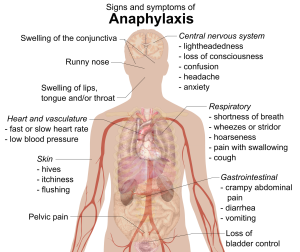 otein’ is histamine. Histamine has several effects on the body when it is released in massive quantities:
otein’ is histamine. Histamine has several effects on the body when it is released in massive quantities:
- It weakens the strength of the heart’s contractions.
- It constricts the bronchioles in the lungs.
- It makes blood capillary walls ‘leaky’, causing severe swelling and shock
- It weakens the strength of the heart’s contractions.
- It makes the skin itchy & a rash develops.
Signs and Symptoms of Anaphylaxis
The allergic reaction can happen in seconds, so fast recognition is essential:
- Sudden swelling of the face, tongue, lips, neck and eyes (as shown in the photo)
- Hoarse voice, ‘lump in the throat’, developing into loud pitched noisy breathing (which may stop altogether).
- Difficult, wheezy breathing, tight chest (the patient may have the equivalent of an asthma attack as well as a swollen airway).
- Rapid weak pulse.
- Nausea, vomiting, stomach cramps and diarrhea.
- Itchy skin.
- Red, blotchy skin eruption – urticaria
- Anxiety – a feeling of ‘impending doom’
First Aid Treatment of Anaphylaxis
Call for emergency medical help immediately. Do not delay in calling for help as time is critical.
Lay the victim in a comfortable position:
- If the victim has Airway or Breathing problems they may prefer to sit up as this will make breathing easier
- If the victim feels faint, do not sit them up. Lay them down immediately. Raise the legs if they still feel faint. They may go into shock.
The casualty may carry an auto-injector of Epinephrine (Adrenaline). This can save the casualty’s life if it’s given promptly. The patient should be able to inject this on their own but, if necessary, assist them to use it. A common auto-injector band is an EpiPen. The dose of adrenaline (epinephrine) can be repeated at 5-minute intervals if there is no improvement or symptoms return.
If the casualty becomes unconscious – check to see if they are breathing normally. If they are not breathing, immediately update the emergency services and commenced Cardiopulmonary Resuscitation (CPR).

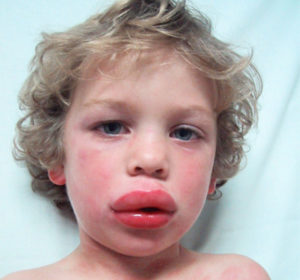
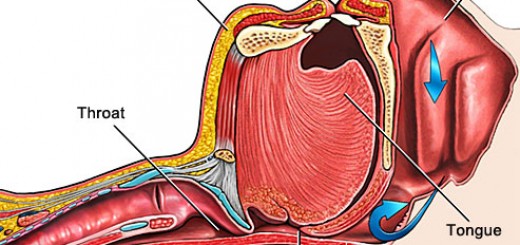
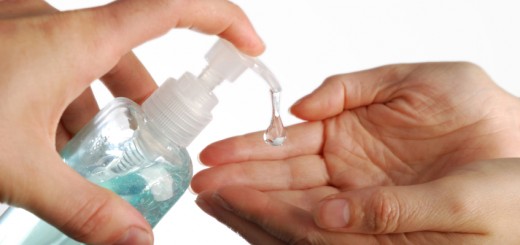
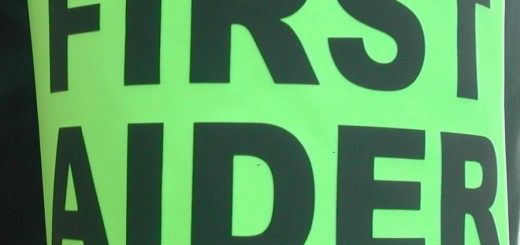


Good one John. Precise and straight to the point (from someone who has witnessed and treated this Scary condition)